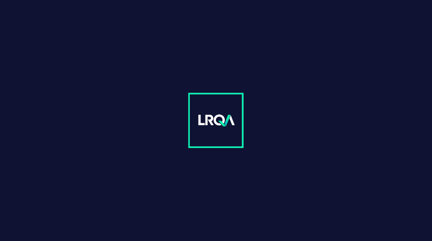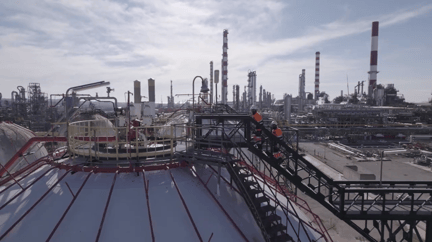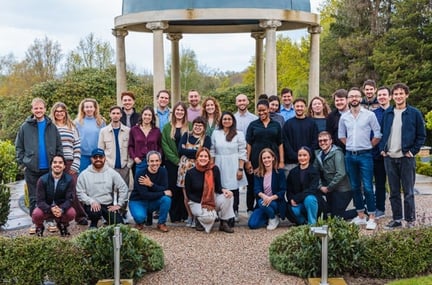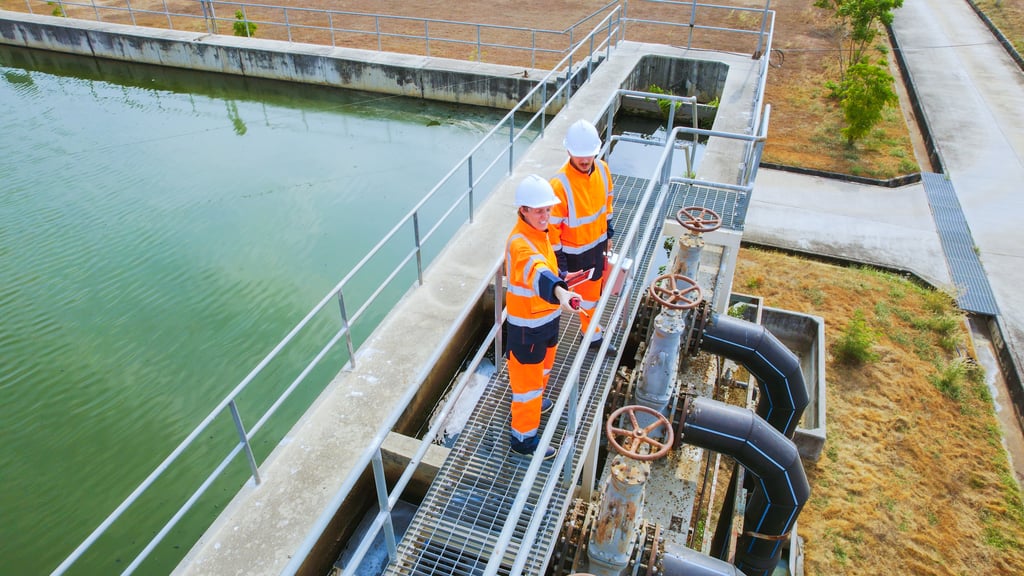The September 2018 deadline for organisations to transition to the revised international environmental management system (EMS) standard ISO 14001:2015 has now passed. If you are new to ISO 14001, what lessons can you learn from the transition period.
Steve Williams System and Governance Manager at LRQA and ISO/TC 207/SC1 committee member, shares his thoughts about the revised environmental management system (EMS) standard and the key challenges that organisations faced.
Compared to ISO 14001:2004, what was the biggest difference in the approach that organisations took towards the adoption and implementation of ISO 14001:2015?
The new and changed areas in ISO 14001:2015 meant that organisations had to look very closely at what they do and how they do it, with emphasis on their supply chains and outsourced processes.
In addition to this change, the emphasis placed upon leadership means that senior management teams now have to become much more involved with the implementation and management of their organisation’s EMS.
The most significant changes that organisations have faced when implementing ISO 14001:2015, came from the adoption of the common high level structure, introduced by Annex SL.
What is Annex SL and what does it mean for my management system?
Annex SL is the High Level Structure applicable to ISO Management System Standards (MSS). It features 10 clauses as well as common terminology and definitions. We saw many organisations not only transitioning their EMS but also their ISO 9001:2015 quality management system (QMS) thereby saving them time and money; and now ISO 45001:2018 has been issued, covering Occupational Health and Safety (OHS) management systems, which also utilises the High Level Structure.
This common structure means that it is now far simpler for management system controls on disciplines such as quality, occupational health & safety and information security - as an example - to be integrated into a single ‘business management system’.
Annex SL has led to changes in relation to the term ‘Documented Information’ rather than procedures or records. In addition, Annex SL has led to the incorporation of management systems into the strategic thinking of the organisation and increased responsibilities on top management.
Did you notice any trends in the areas that organisations were asking the most questions about during the transition period?
There were three key areas that have consistently raised questions from organisations looking at ISO 14001:2015; Leadership, Life Cycle Perspective and the Assessment Process.
As the Leadership clause was new to ISO 14001:2015, it’s natural that organisations were asking questions. Senior management teams have to be involved in their organisation’s EMS more than they ever have and internal auditors have a key role to play to make sure that the requirements of the standard are understood and embedded into the culture of the organisation.
This will mean that auditors need to be prepared to question senior management and potentially raise nonconformities. As for the assessment process, and questions about the lifecycle perspective, assessors will be looking for the justification behind decisions made by organisations, particularly around the areas of Context, Interested Parties, Life Cycle Perspective and Control or Influence, they will be using the term “show me” quite a lot.
They will be looking at these decisions to see that they are fact based and supported by the processes employed by the organisation.
The incorporation of the Life Cycle Perspective was new to ISO 14001:2015, but it doesn’t call for a full life cycle analysis, so organisations don’t need to be fearful. Annex A within ISO 14001:2015 states that “thinking carefully about the life cycle stages that can be controlled or influenced by the organisation is sufficient.” Assessors are looking to see that an organisation has developed a management system that addresses all of the potential environmental risks throughout the Life Cycle of their product or service, this brings in such elements as design, procurement, outsourcing, product realisation processes, product/service use and end of life, over which they have control or influence.
What impact does ISO 14001:2015 have when considering interested parties?
Annex SL introduced a section on context of the organisation (clause 4) that means an organisation has to have a process in place to identify internal and external interested parties.
This includes recognising the views that are key to the environmental performance of the organisation and taking those into account when looking at the development of their EMS. As a result, this has become an important part of the revised requirements.
Did the revision to ISO 14001:2015 affect organisations in exactly the same way –irrespective of their size or geographical location?
The potential organisational impact of the revisions is dependent upon the organisation and their individual management system.
Factors such as the maturity and complexity of their existing management system, the existence of other management systems and the organisation’s current evaluation and management of risk will have heavily influenced the degree of change that an organisation will have undertaken to meet the requirements.
Editor’s note: This article has been adapted from ‘The clock is ticking; transitioning to ISO 14001:2015’ which was first published on 24 January 2018.
Contact us to learn more about ISO 14001 certification.












